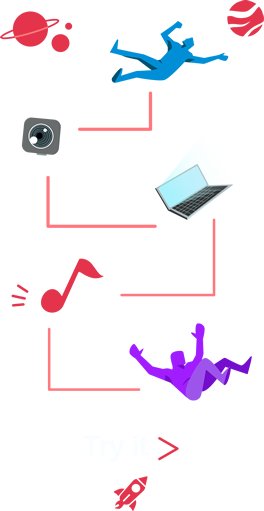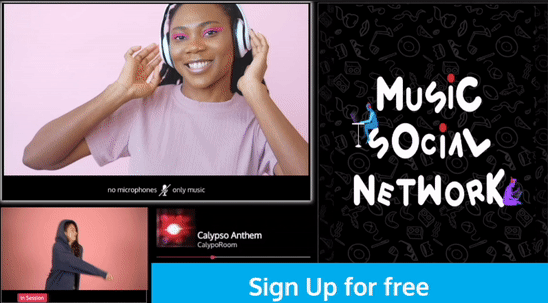Accessibility and inclusivity in music social networks

Table of content
Accessibility and inclusivity in music social networks - Introduction
Music has a magical way of connecting people. It's a universal language that resonates with the heart and soul, breaking barriers and bridging gaps across cultures and continents.
Imagine the sound of a beautiful melody, how it fills the room and draws people closer. Music has been doing this for centuries, and now, with the help of technology, it's doing it in new and exciting ways.
Today, social networks have redefined how we share and experience music, creating a global community of listeners and creators.
It's about accessibility and inclusivity, ensuring that everyone, regardless of abilities or disabilities, has equal opportunities to engage with music. This is not just a trend; it's a movement towards a more connected and compassionate musical world.
Now, think about how you listen to music today. Has it changed over the years? The chances are high that social networks have changed your music consumption.
Whether you're an artist looking to share your talent or a music lover seeking new tunes, the role of accessibility and inclusivity in music social networks has created platforms where all voices can be heard.
So, why not dive into this exciting world of music and connection? Explore the trends, discover new artists, and join a community that's all about celebrating the universal language of music.
Together, we're not just listening; we're connecting, sharing, and making music an experience for all.
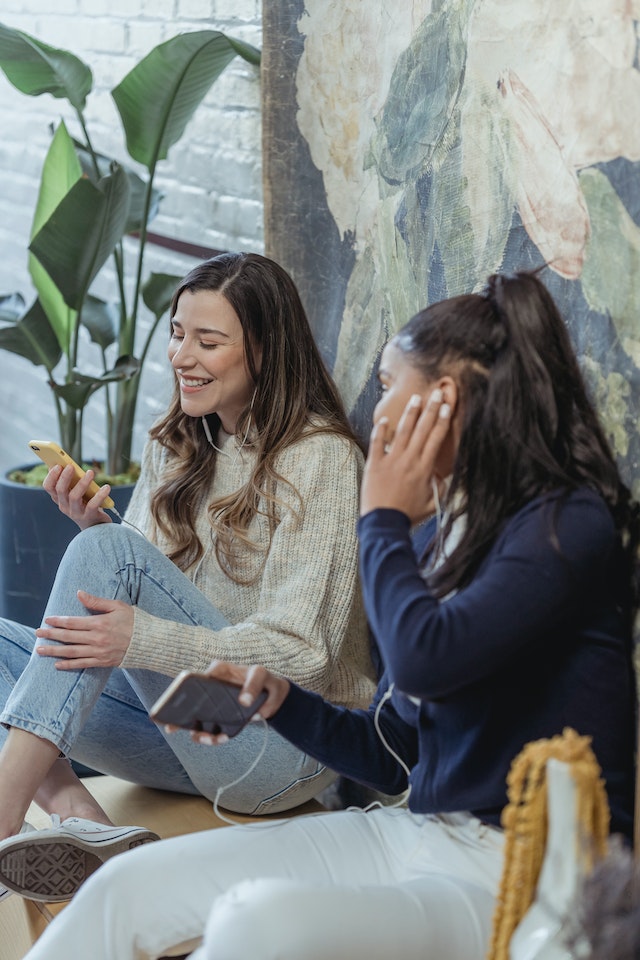
KEY TAKEAWAYS
Rise and Influence of Music Social Networks: Music social networks have transformed how music is consumed and created. Platforms like Spotify, YouTube, and CalypsoRoom allow people to engage with music in new ways, offering features that foster interaction, creation, and global access to various genres.
Democratization and Empowerment of Independent Artists: Independent artists now have the ability to record, share, and promote their music directly to a global audience. This has democratized music creation and empowered voices that might have been unheard, allowing even those without record deals to succeed.
Impact on Sales and Marketing: The direct connection between artists and fans on social networks has revolutionized the way music is sold and marketed. Artists can now release, promote, and sell their work online, enabling direct sales and more dynamic engagement with fans.
Accessibility and Inclusion for All: Music social networks are focusing on accessibility to ensure everyone, including those with disabilities, can enjoy the musical experience. This includes the implementation of user-friendly designs, voice command functionalities, and features that provide a vibrant musical experience for all.
Innovative Platforms like CalypsoRoom for Community Building: CalypsoRoom is highlighted as a platform that connects people via webcam for shared music experiences. This not only enhances social connections but has potential impacts on areas like music therapy, mental well-being, and social integration.
Challenges in Achieving Inclusivity: Despite the positive impacts, music social networks face challenges in gender, racial, and socio-economic inclusivity. Solutions include promoting diverse artists, embracing regional differences, offering affordable access options, and fostering a culture that respects all voices.
The rise of music social networks
Once upon a time, music was confined to concert halls, record stores, and radio waves. But with the rise of music social networks, this landscape has changed dramatically, and it's an evolution that every music lover should explore and embrace.
Different platforms have emerged, each offering unique functionalities and ways to engage with music. From streaming services like Spotify to video platforms like YouTube, these networks are enabling a new era of interaction.
For independent artists, music social networks have been a game-changer. Gone are the days when a record deal was the only pathway to success.
Today, talented musicians can record, share, and promote their music directly to listeners around the world. This democratization of music creation and sharing is empowering voices that might have been silenced in the past.
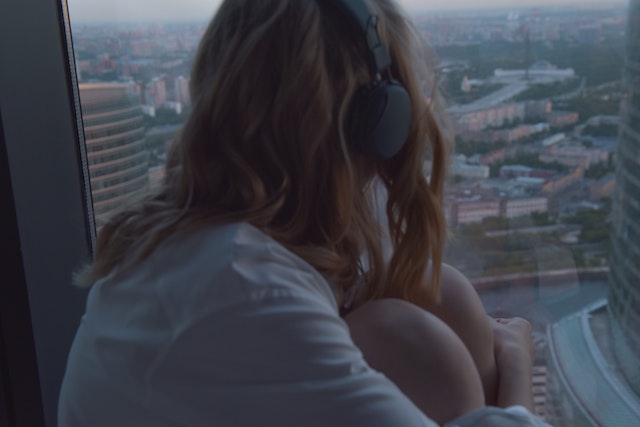
Think about it; a song that might never have made it out of a small town can now reach global audiences. This isn't just changing how music is made; it's influencing how it's sold.
Believe it or not, music social networks are having a profound influence on album sales. Artists can release their work online, and fans can purchase and download it instantly. It's a direct connection that benefits everyone.
But the magic of music social networks doesn't stop there. These platforms are bridging geographical and cultural gaps, allowing us to explore musical traditions and genres from all corners of the globe.
These platforms are also leading a shift in music marketing. Artists can engage with fans directly, announce new releases, and even collaborate with other musicians online. It's a dynamic and interactive space where creativity thrives.
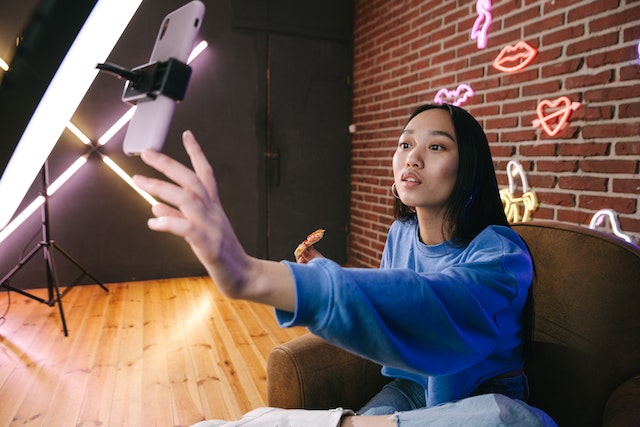
Whether you're a musician looking to share your sound or a fan eager to discover new tunes, music social networks offer an exciting and inclusive world.
Remember, in this age of music social networks, you're not just a listener; you're a participant. Join the revolution, explore new horizons, and let music connect us all.
Accessibility in music social networks
Music is for everyone. It's a simple statement, but one that carries profound meaning, especially in the digital age.
With the rise of music social networks, we have a responsibility to make sure these platforms are accessible to all, including those with disabilities. Let's take a closer look at why this matters and how it can be done.
And that experience should be available to everyone, regardless of physical or cognitive abilities. By focusing on user-friendly designs and inclusive features, we can make sure that no one is left out of this global musical conversation.

Imagine a world where everyone can navigate music platforms effortlessly. For people with visual impairments, voice command functionalities can open up a universe of songs and artists.
For those with hearing challenges, subtitles and visual cues can turn a silent screen into a vibrant musical experience.
But making these platforms accessible isn't without its challenges. There are technical complexities, budget considerations, and even intellectual property challenges to navigate.

The good news? There are opportunities too. Innovations like artificial intelligence in music social networks are paving the way for smarter, more responsive platforms.
So, what can you do? Whether you're a developer, a musician, or just a music lover, you have a role to play in building accessible platforms.
Remember, music is a language that transcends barriers, and our digital platforms should do the same. Let's make music social networks not just a place to listen but a place to belong.
Let's make sure that every note, every lyric, and every beat reaches every ear, every heart, and every soul.

CalypsoRoom: listening together, connecting together
Music has always been a way to connect people, and in our digital world, this connection is taking a revolutionary new form.
Enter CalypsoRoom, a vibrant platform where people can listen to the same music together, connected by webcam.
This isn't just about sharing songs; it's about sharing experiences and emotions, and it's a game-changer for how we engage with music and each other.
By allowing users to share a musical experience in real time via webcam, it fosters a sense of community that transcends physical limitations.
Just imagine, people from various backgrounds and with different abilities, all tuning into the same melody, all moving to the same beat. It's about shared music experiences, and it's a beautiful thing.
This inclusive design of CalypsoRoom not only enriches the social experience but also opens doors for those who may feel isolated or excluded.
Whether you're a person with disabilities or simply someone living far from friends and family, CalypsoRoom is a bridge, connecting you to a more united musical world. It's not just a platform; it's a movement towards community building.
Music has healing powers, and by bringing people together in a shared experience, CalypsoRoom can support mental well-being, social skills development, and emotional growth.
It's about connections, community, and inclusivity. It's about embracing the power of music to bring us together, no matter who we are or where we're from.
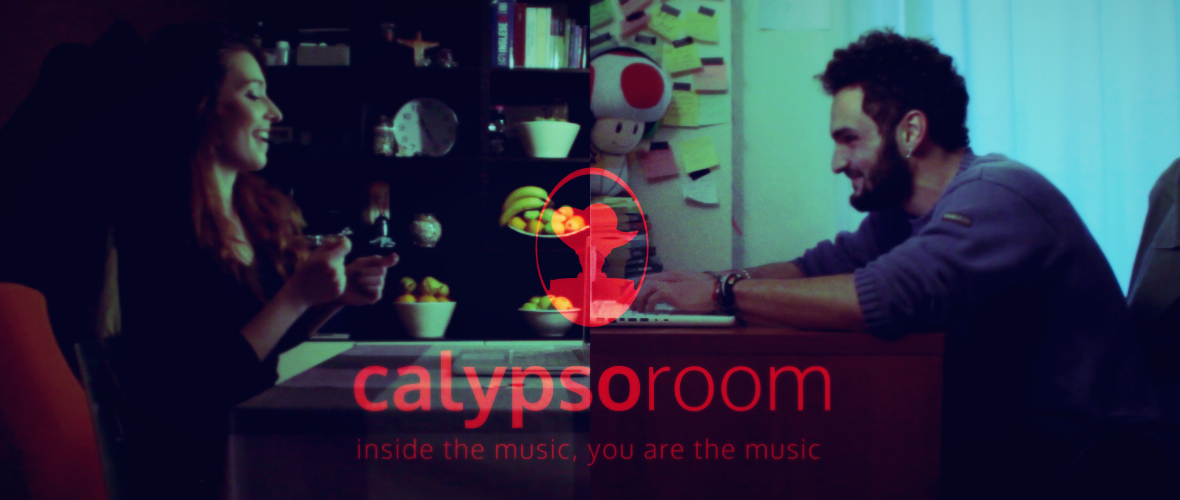
So why not join the CalypsoRoom journey? Explore new sounds, meet new friends, and be part of a musical revolution that's all about listening together.
It's your invitation to a world where music is not just heard; it's shared, enjoyed, and celebrated by all.
Inclusivity challenges in music social networks
Music social networks have played a pivotal role in bringing people together, allowing them to share and enjoy the universal language of music.
Gender, racial, and socio-economic factors can all create barriers that prevent certain groups from fully engaging with music online.
Let's take a closer look at these challenges and explore potential solutions to make music social networks a space for everyone.
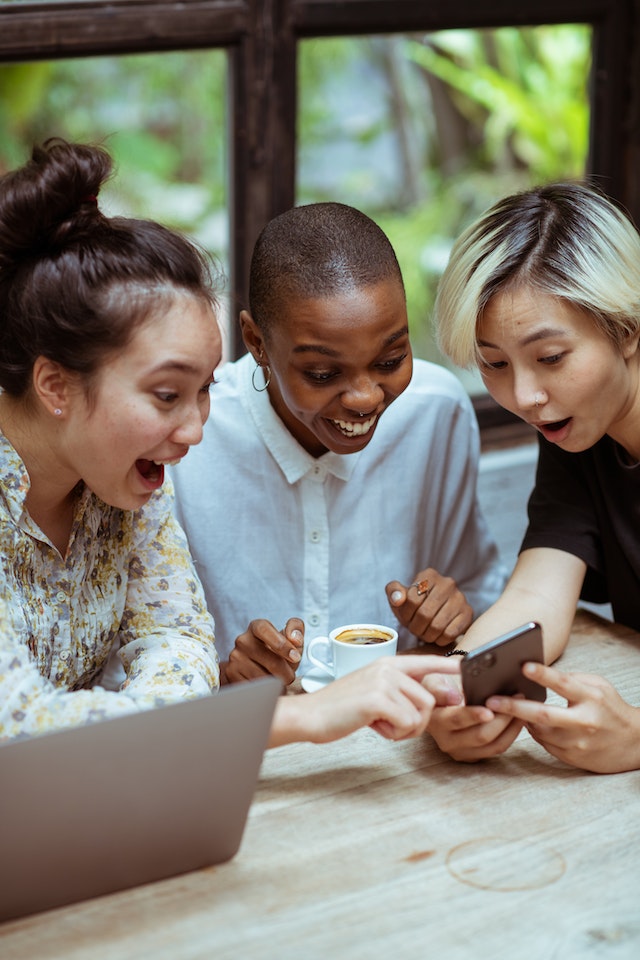
Gender Inclusivity
While music itself knows no gender, the platforms that host it often reflect societal biases. The rise of influencer culture can sometimes perpetuate gender stereotypes, limiting opportunities for all to shine.
Solutions include promoting a diverse range of artists, focusing on talent over image, and fostering a culture that respects all voices.
Racial Inclusivity
Music social networks must reflect the rich tapestry of musical traditions from around the world. This means recognizing and celebrating diversity, not just in genres but in the very fabric of the platforms themselves.
Regional differences in music social networks must be embraced, and users from different cultural backgrounds should feel represented and welcomed.
Socio-Economic Inclusivity
Not everyone has equal access to the latest technology, fast internet, or premium subscriptions.
Solutions here include offering affordable or free access options, creating user-friendly platforms that work on various devices, and developing outreach programs to connect with underserved populations.
Alongside these challenges, a new wave of musical creativity is shaping the online landscape, with a genre revolution on social networks that transcends traditional boundaries.
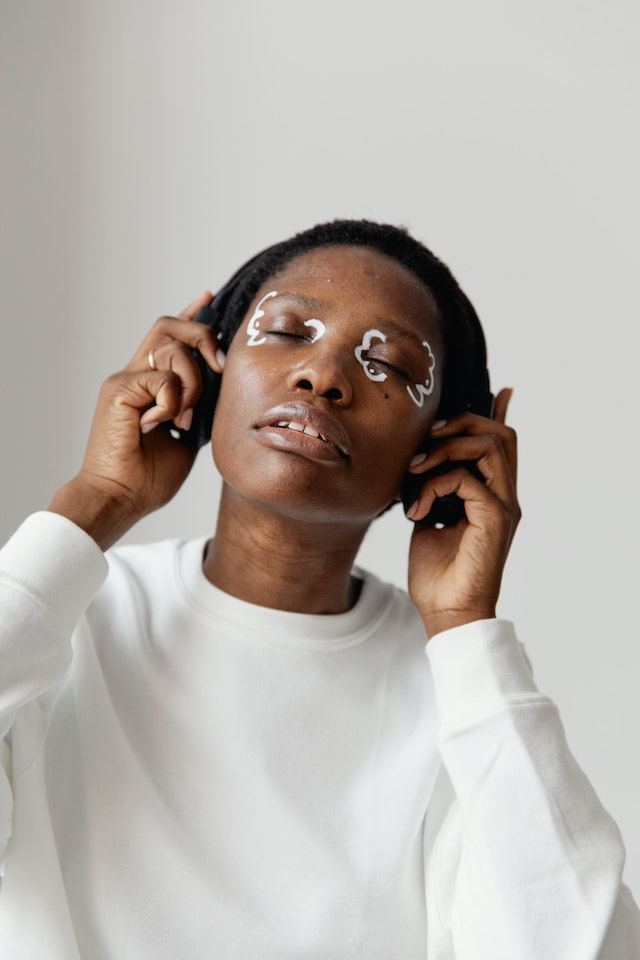
In conclusion, inclusivity in music social networks is not just about opening doors; it's about ensuring that those doors remain open to all.
It's a journey towards a more fair and joyful musical world, where everyone can find their song, their rhythm, their place.
The road might be long and filled with challenges, but with determination, innovation, and empathy, music social networks can become a harmonious space for all to enjoy.
Best practices and recommendations
Creating music social networks that are both accessible and inclusive is not merely a goal; it's a responsibility. In a world where music serves as a bridge between cultures, emotions, and individuals, it is paramount that this bridge is sturdy, inviting, and accessible to all.
For designers, developers, and decision-makers who wish to build or enhance music platforms, here's a guide to best practices and recommendations.
Understand Your Audience: Before jumping into design or coding, take the time to understand who will be using the platform. Consider the diverse range of abilities, preferences, and cultural backgrounds.
Implement Accessibility Features: Think about features like voice command, subtitles, or adaptive user interfaces that cater to different needs. These small touches can make a world of difference.
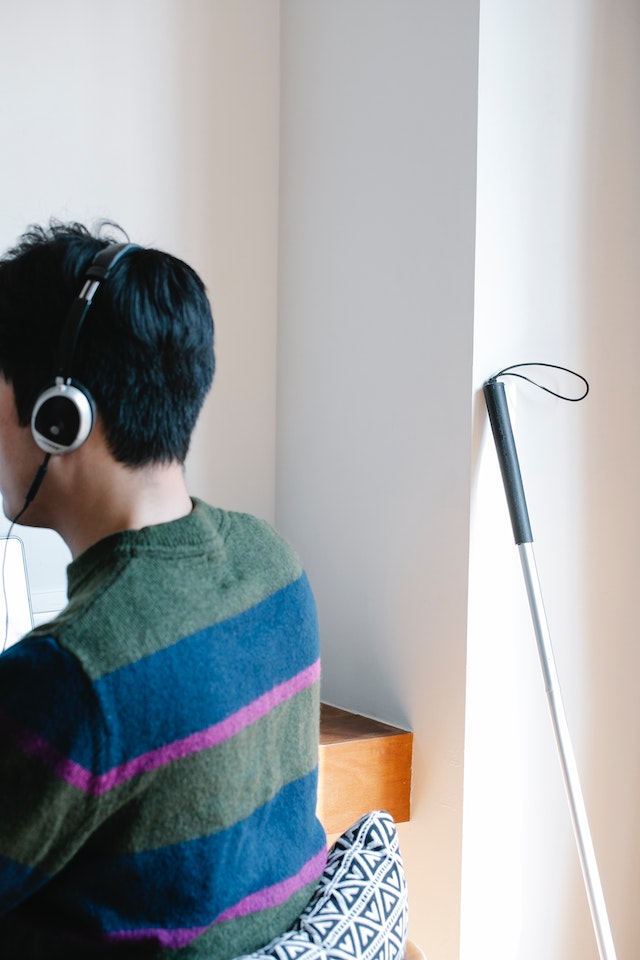
Embrace Innovation: Experiment with new technologies and trends. Gamification in music social networks can enhance user engagement and make the experience more interactive and enjoyable.
AI and Algorithms: While AI can be a powerful tool, be mindful of algorithmic influence in music social networks. Algorithms should be transparent and customizable, allowing users to explore and discover without feeling controlled or limited.
Promote Discovery: Encourage users to find new artists and genres. Platforms that facilitate artist discovery enrich the musical experience and can unearth hidden gems.
Foster a Culture of Inclusivity: Your platform should not just look inclusive; it should feel inclusive. Engage with users, ask for feedback, and ensure that community guidelines promote respect and understanding.
Stay Committed: Inclusivity and accessibility are not one-time goals but ongoing commitments. Regular updates, continuous learning, and a genuine passion for music and community will keep your platform resonant and relevant.

In summary, the design and development of inclusive music social networks is an art and science, blending creativity, empathy, technology, and an unwavering dedication to the universal love of music.
By following these best practices, embracing innovation, and maintaining a focus on the human experience, you can create platforms that sing to every soul, dance with every heart, and resonate with every ear.
Accessibility and inclusivity in music social networks - Conclusion
In the symphony of life, music is the heartbeat that unites us all. And now, CalypsoRoom brings an enchanting new note to this universal melody.
This isn't just a dream; it's a revolution in how we experience music, love, and connection. CalypsoRoom is more than a platform; it's a shared embrace, a celebration of life's beautiful diversity, and an invitation to a world where everyone belongs.
So why not let your curiosity take the lead? Explore new friendships, immerse yourself in shared emotions, and let the music of CalypsoRoom ignite the spark of connection in your heart.
It's not just about listening together; it's about feeling together. Unveil more of this musical wonder and let your soul sway to the rhythm of a more united world by visiting our blog homepage.
Let the music play,
The CalypsoRoom Team
Frequently Asked Questions (FAQs)
What is the importance of accessibility and inclusivity in music social networks?
Accessibility and inclusivity in music social networks ensure that all individuals, regardless of their abilities or background, can engage with and participate in the musical experience. It creates a more equitable and diverse environment that reflects a broader spectrum of human experience.
How can music social networks be made more accessible to individuals with disabilities?
Music social networks can be made more accessible to individuals with disabilities by implementing user-friendly design features such as screen readers, providing alternative text for images, and ensuring that content is reachable through keyboard navigation. These adjustments cater to different needs and help make the platform usable for everyone.
What are some examples of inclusive practices in music communities?
Inclusive practices in music communities might include providing sign language interpreters at live performances, offering captioning or transcription services for video content, and creating educational resources that are accessible to all, including those with different learning abilities. These practices foster a more welcoming and engaging environment.
How does diversity in music social networks benefit the overall music industry?
Diversity in music social networks enhances creativity by bringing together various perspectives, cultures, and backgrounds. This rich tapestry fosters innovation and collaboration, leading to a more dynamic and resilient music industry that can appeal to a broader audience.
What are the challenges faced in achieving accessibility and inclusivity in music platforms?
Achieving accessibility and inclusivity in music platforms may face challenges such as the lack of awareness of diverse needs, the cost of implementing accessible features, resistance from some community members, and the constant evolution of technology that may outpace the development of inclusive tools and practices. These challenges require continuous commitment and effort to overcome.
back
Written by CalypsoRoom Editorial Team
The CalypsoRoom Editorial Team is a skilled and diverse group of writers, researchers, and industry specialists who have access to Calypso's data and information in order to give you broad knowledge about the music industry as well as helpful advice to help you manage your music and dancing career.
Updated September 2023
Company number: 681223
James's Walk 31, Dublin, Ireland
contact@calypsoroom.com
+353 (89) 435 8928


